As the world hurtles towards an AI revolution, a growing chorus of voices is warning of an impending bubble. The tech industry is awash with AI startups, each vying for a slice of the multibillion-dollar pie. Google Gemini, OpenAI's ChatGPT, and MetaAI are just a few of the high-profile entrants in the AI space. The White House is even getting in on the action, with a recent announcement of a new AI-focused initiative. But beneath the surface, a more nuanced story is unfolding. Paul Kedrosky, a partner with SK Ventures and a fellow at MIT's Initiative on the Digital Economy, believes that the AI bubble is not what it seems.
Kedrosky's concerns center on the massive investments being made in AI infrastructure, particularly data centers. "We're spending this prodigious amount of money on the underlying infrastructure for AI with probably no likelihood of recovering most of that cost," he says. "And a significant likelihood that most of those assets become worthless because of the speed at which they depreciate." The numbers are staggering – a recent report estimates that the global AI market will reach $190 billion by 2025, with data center spending accounting for a significant chunk of that total.
But what does this mean for the average person? For those who have invested in AI startups or are simply enthusiastic about the technology, the prospect of a bubble popping can be daunting. "The AI bubble is not just about the tech itself, but about the hype and speculation surrounding it," says Kedrosky. "It's about the expectation that AI will solve all our problems, from healthcare to education to the economy." But what happens when that expectation is not met?
To understand the implications of an AI bubble, it's helpful to look at past examples. The dot-com bubble of the late 1990s and early 2000s is often cited as a cautionary tale. In the midst of the bubble, companies like Pets.com and Webvan were valued at astronomical sums, only to collapse when the bubble burst. The aftermath was brutal, with many investors left with significant losses.
But the AI bubble is different, argues Kedrosky. "AI is not just a fad, it's a fundamental shift in the way we live and work," he says. "It's not just about the technology itself, but about the societal implications of that technology." For example, AI is already being used in healthcare to diagnose diseases and develop new treatments. It's being used in education to personalize learning and improve student outcomes. And it's being used in the economy to automate tasks and improve efficiency.
So what happens when the bubble pops? Will we see a repeat of the dot-com bubble, with AI startups and investors left reeling? Or will the technology itself prove resilient, even in the face of a market correction? The answer, says Kedrosky, lies in the way we approach AI development and deployment. "We need to be more thoughtful and intentional about how we invest in AI, and how we use it to solve real-world problems," he says. "We need to focus on the long-term benefits of AI, rather than just the short-term gains."
As the AI bubble continues to grow, it's clear that the stakes are high. But with careful planning and a nuanced understanding of the technology, it's possible to navigate this complex landscape and emerge stronger on the other side. The question is, will we learn from past mistakes, or will we repeat them? Only time will tell.
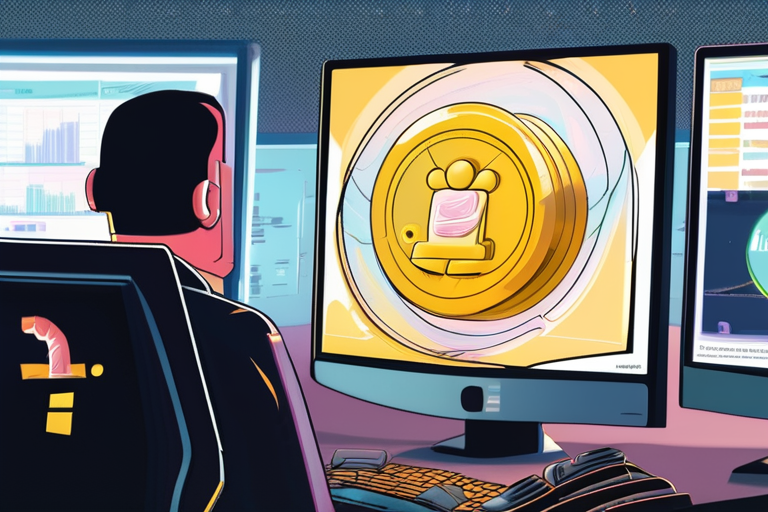


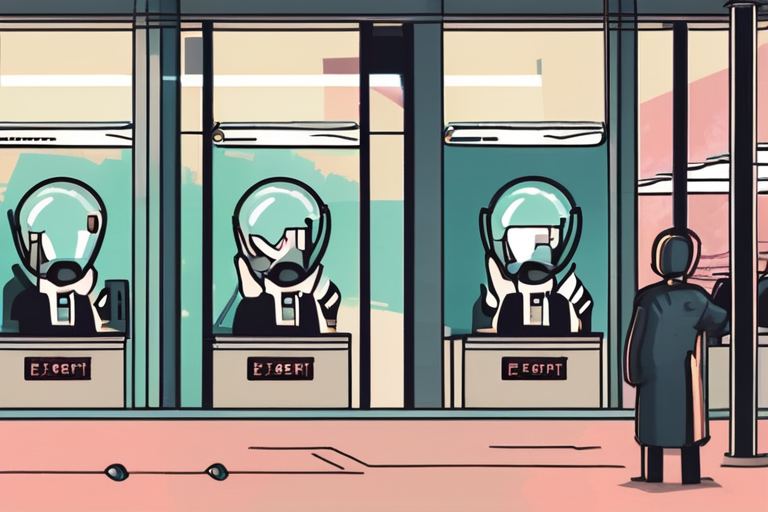
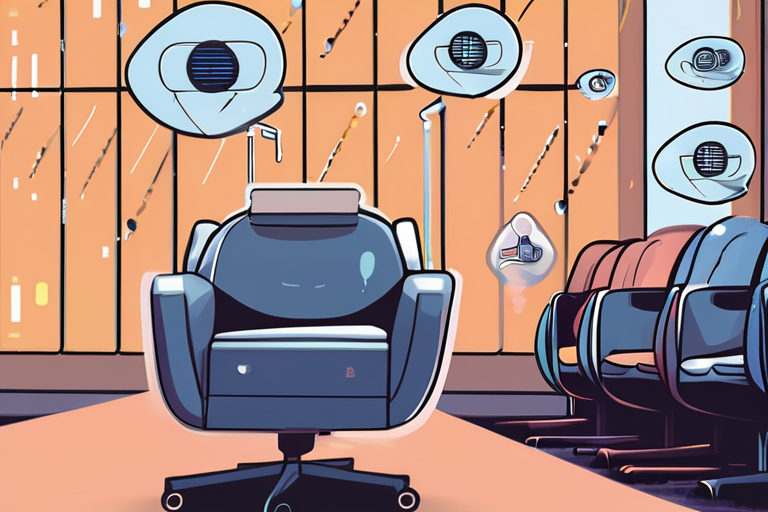


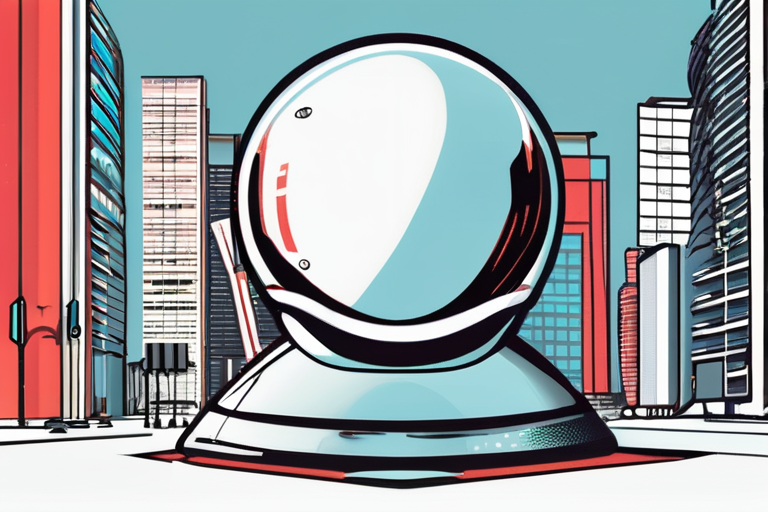
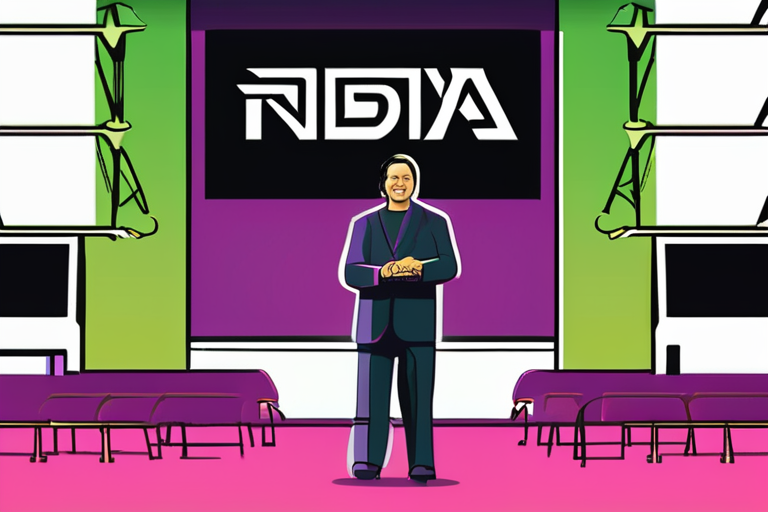

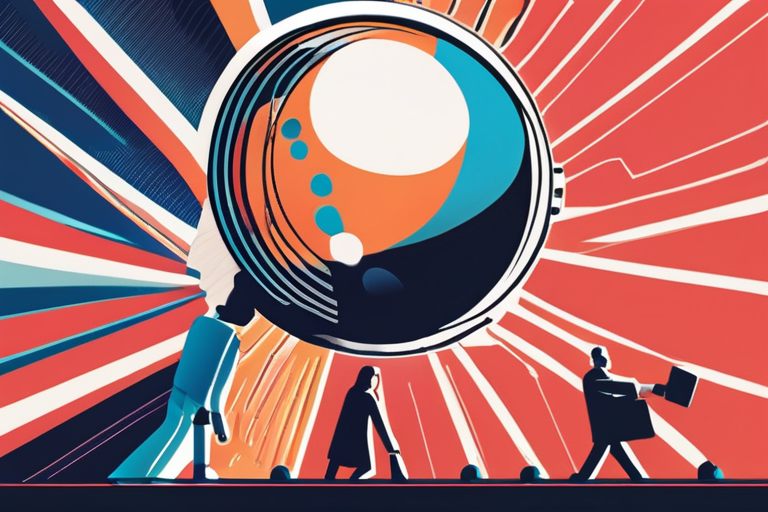
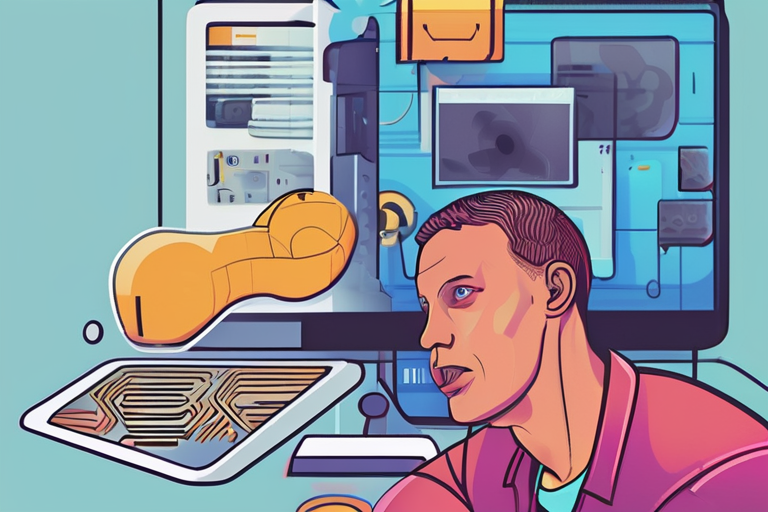
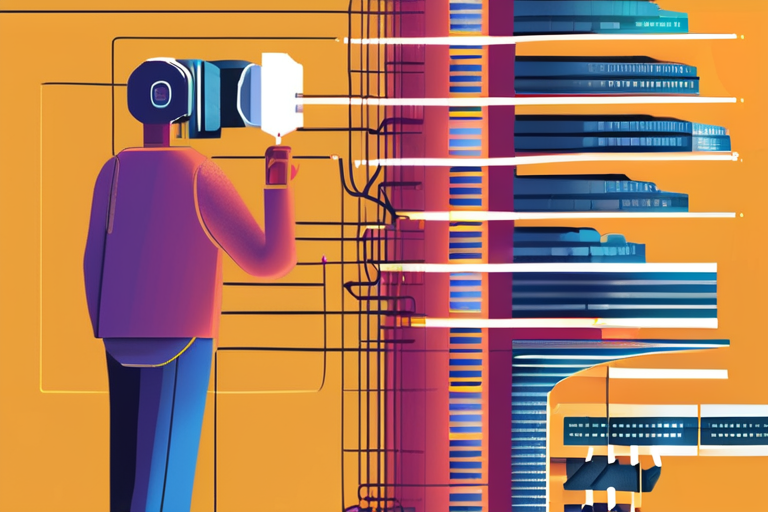
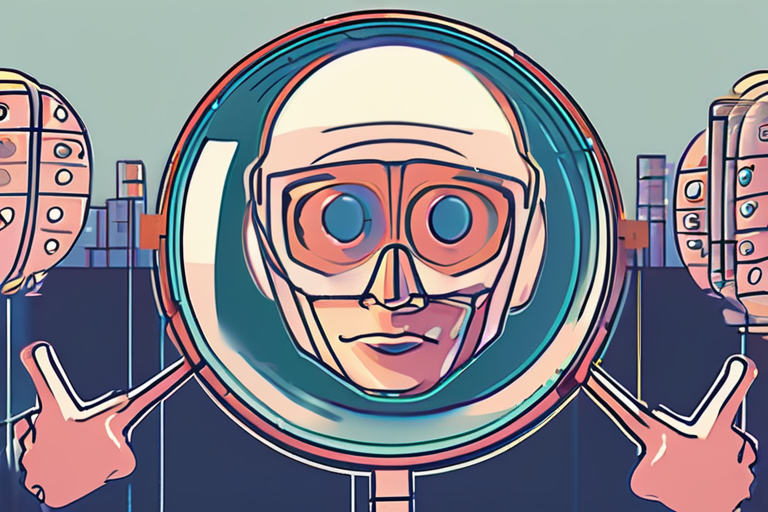





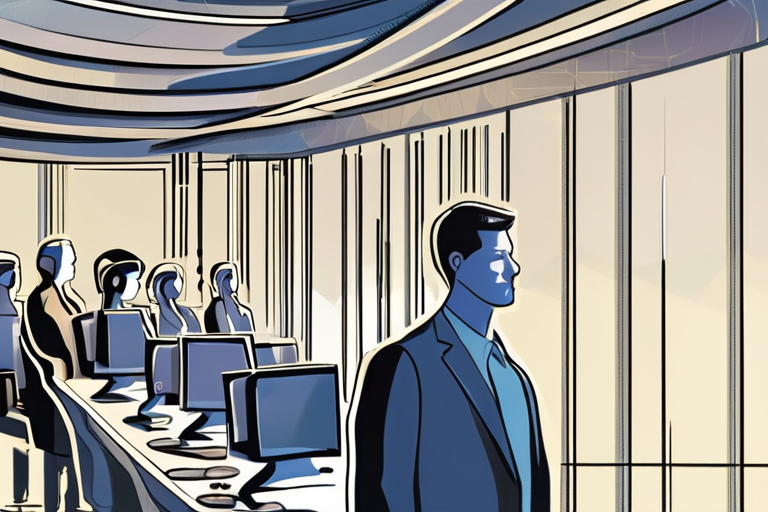
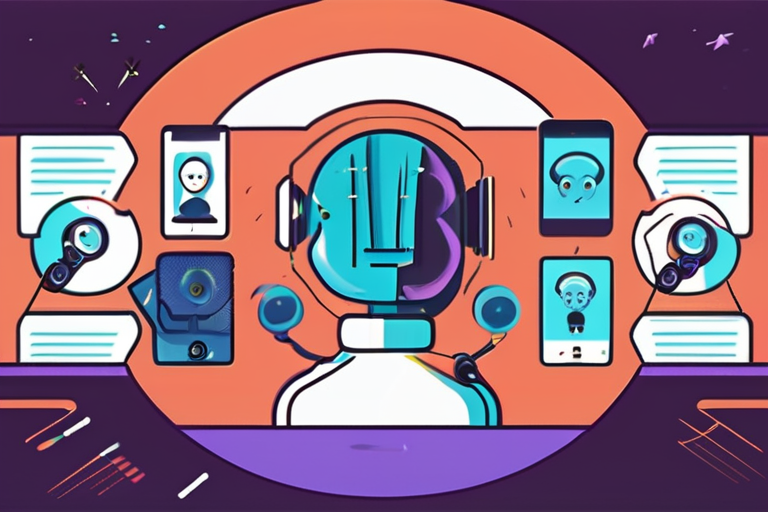




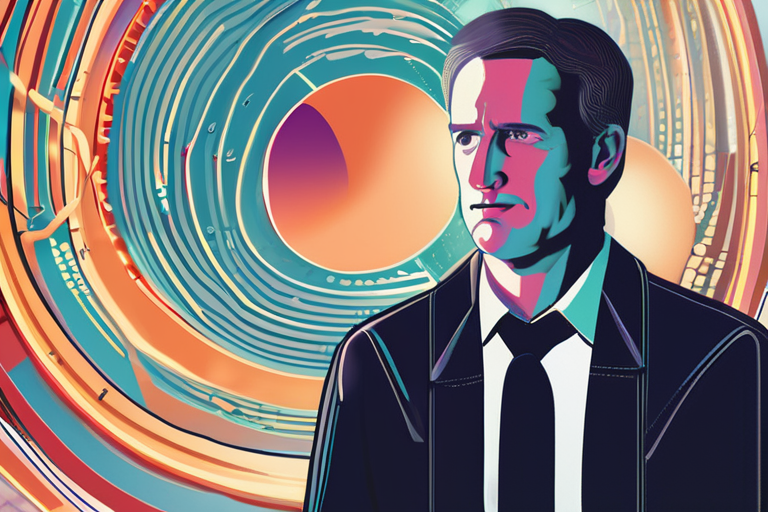
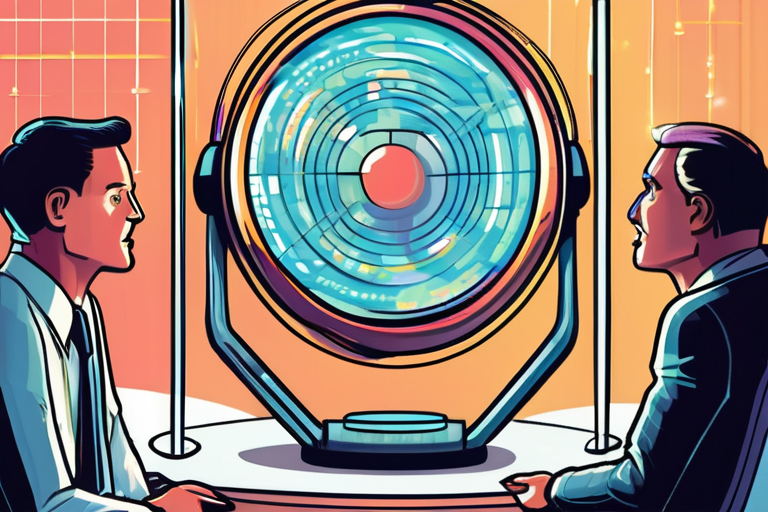
Share & Engage Share
Share this article